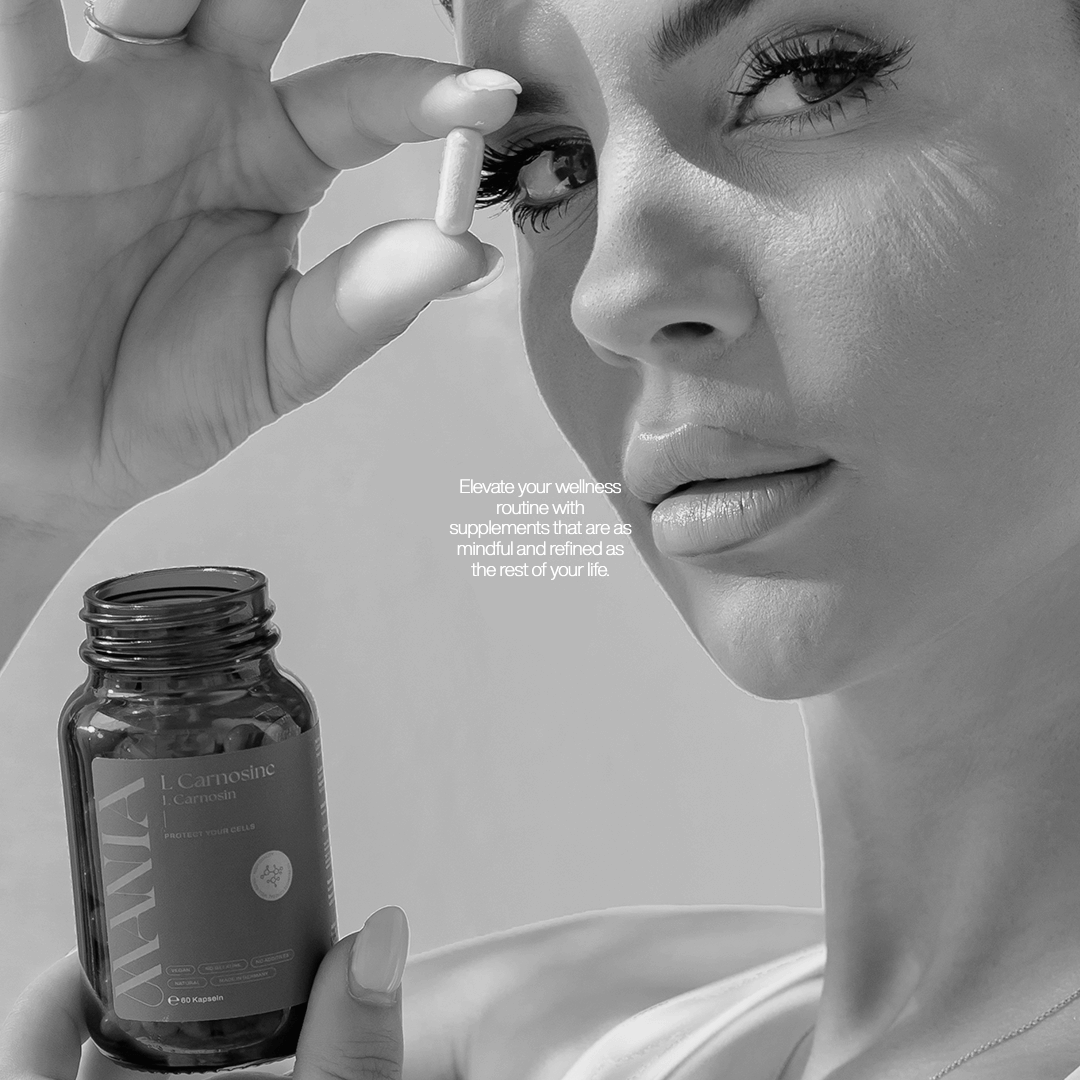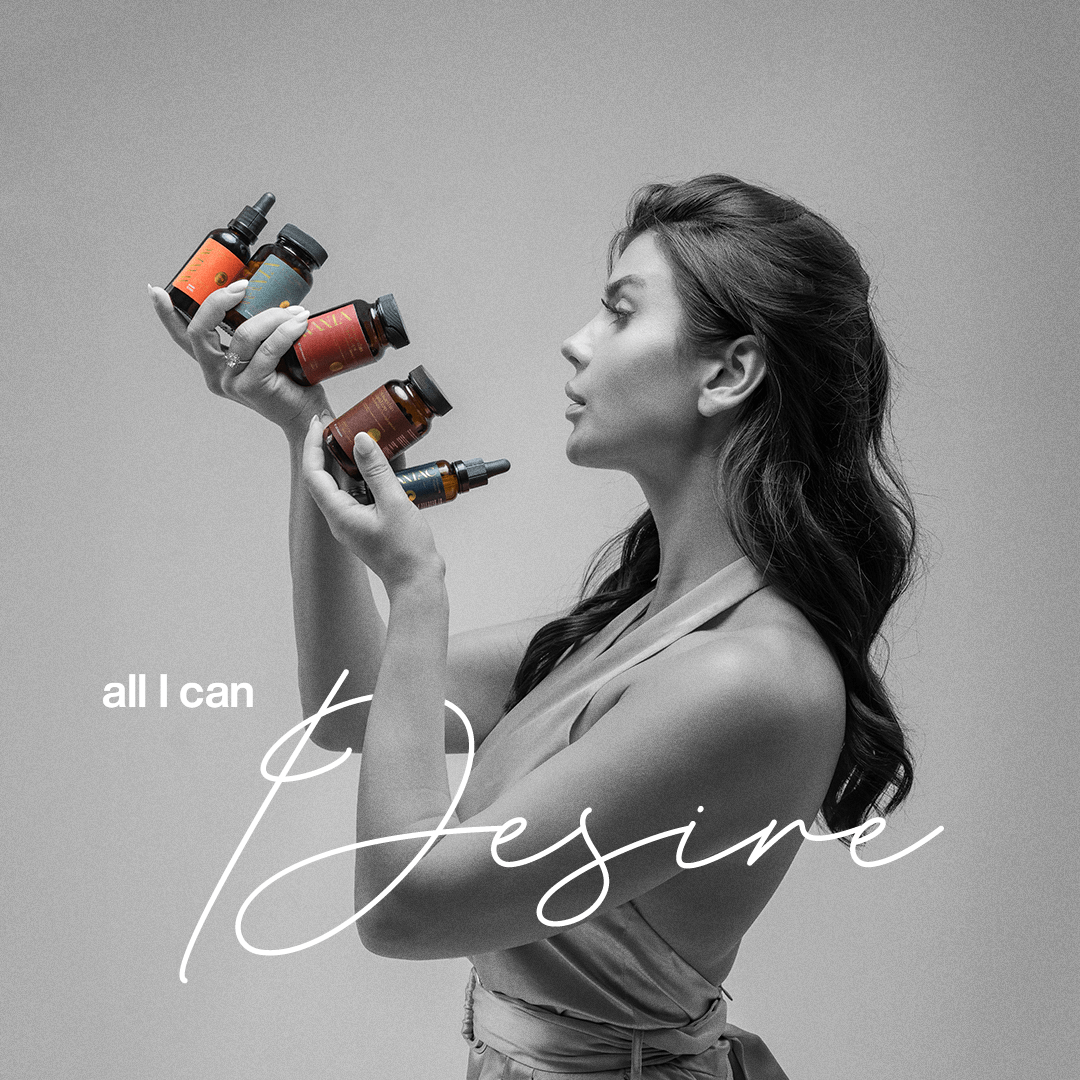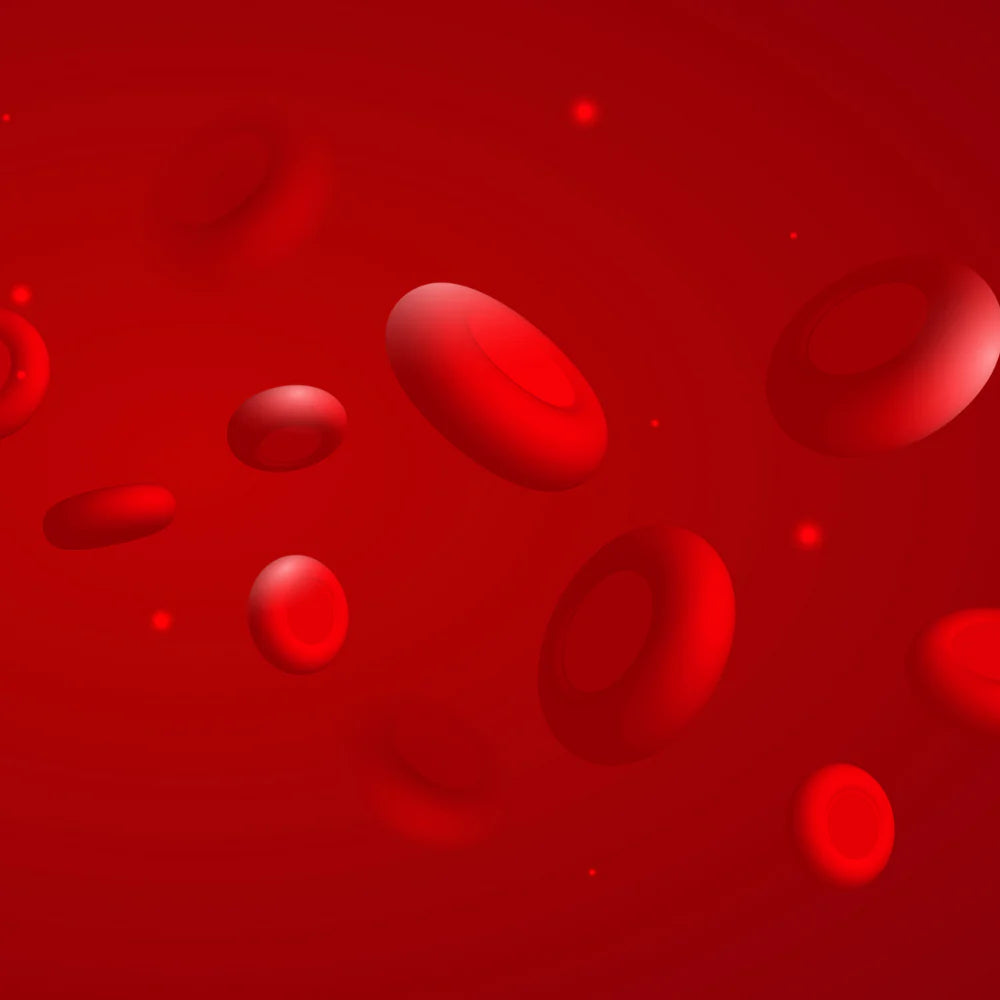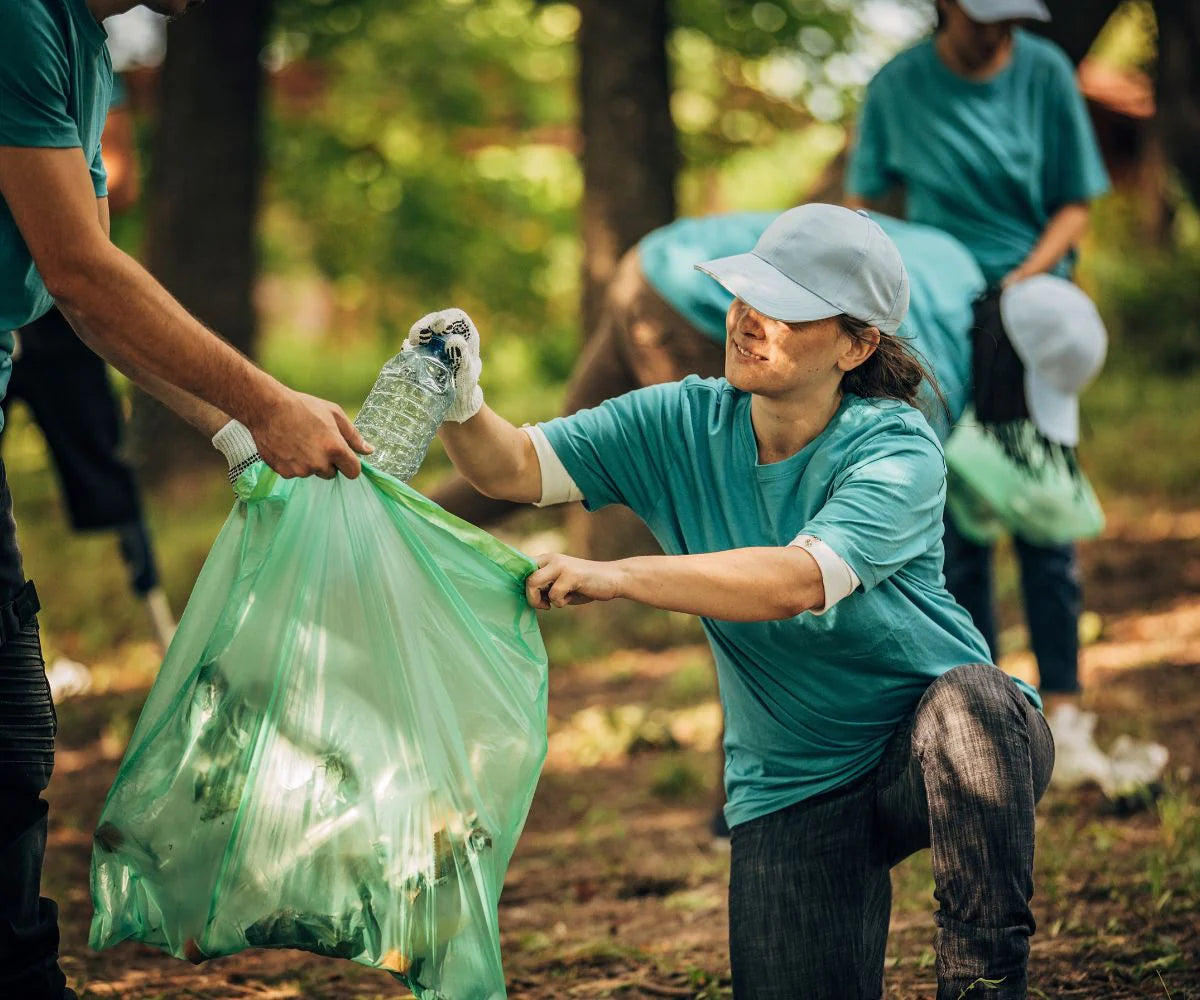In the realm of red blood cells there is a big challenge – iron balance.
In autumn, when the leaves fall and the nights get longer, many people experience an unexpected burden known as iron deficiency. While nature, no matter how beautiful it is, sheds its colourful dress, the symptoms of iron deficiency can become more intense.
 Iron deficiency can occur all year round, as the development of a deficiency depends on various factors, including diet in particular, but also on individual health.
Iron deficiency can occur all year round, as the development of a deficiency depends on various factors, including diet in particular, but also on individual health.
However, people may be more susceptible to iron deficiency at certain times of the year. For example, vegetarians and vegans who live in regions with little sunlight may be at increased risk of iron deficiency, as sunlight is important for the production of vitamin D, which affects iron absorption.
However, it is also possible to develop iron deficiency despite consuming red meat and other animal products. This could be due to a lack of variety in the diet, but also due to absorption problems.
Some people have difficulty absorbing iron from animal sources efficiently, which can subsequently lead to deficiency.
Iron deficiency can also occur due to blood loss. The female menstrual cycle can therefore not only burden us women with monthly physical and emotional changes, but can also lead to increased iron loss.
So for us it means: prevention!
It is therefore urgently necessary to maintain a balanced diet to meet the body's iron requirements.
Our top 3 iron-rich foods are:
- Red meat: Red meat, such as beef and lamb, is an excellent source of heme iron, which is easily absorbed by the body. This also includes organ meats such as liver, which are particularly rich in iron.
However, not everyone likes to eat meat and follows a vegetarian or even vegan diet, mainly for ethical reasons. However, this should not be a problem, as iron is also found in a variety of plant-based foods.
- Legumes: Legumes such as lentils, chickpeas and beans are excellent plant-based sources of iron. They contain non-heme iron, which can be absorbed even better when combined with foods rich in vitamin C.
- Dark green leafy vegetables: Spinach, kale and chard are also rich in iron and provide us with valuable nutrients.

A little tip: It is advisable to combine iron-rich plant foods with foods rich in vitamin C such as oranges, peppers and broccoli, as vitamin C can improve the absorption of non-heme iron from plant sources.
It is also important to see a doctor if you notice signs of iron deficiency, as an untreated iron deficiency can lead to health problems. If necessary, you can also take iron-containing food supplements to ensure a temporary iron supply.








Leave a comment
This site is protected by hCaptcha and the hCaptcha Privacy Policy and Terms of Service apply.